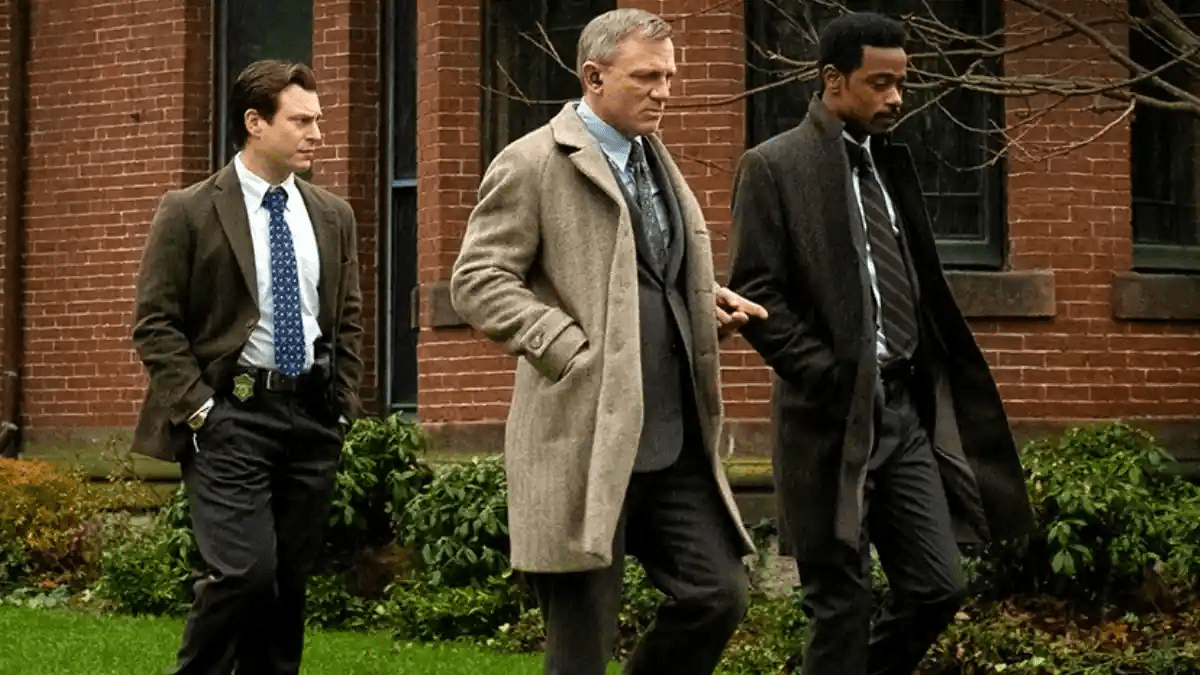Pulitzer Prize-winning novelist Willa Cather, in her 1913 novel O Pioneers!, once said “There are only two or three human stories, and they go on repeating themselves as fiercely as if they had never happened before.”
Whether this is an egregious exaggeration may vary as a matter of opinion from person to person, but the most likely reality is that it’s not an exaggeration at all; whether a person goes on a journey, or a stranger comes to town, it’s the unique, possibly contrived stylings of each individual artist that has made storytelling humanity’s greatest virtue. In that sense, we’ll happily take more of the same.
But the idea of our repetitive storytelling habits may go a bit deeper than we think, if Rian Johnson‘s latest admittances are anything to go by; Johnson, of course, being responsible for writing and directing Rey Skywalker’s journey in The Last Jedi before bringing a stranger to town in the form of Knives Out‘s charismatic investigator, Benoit Blanc. At a glance, the two films struggle to contrast with one another any more than they already do; The Last Jedi having been the latest in a high-budget sci-fi franchise, Knives Out a then-standalone murder mystery with nary a special effect in sight.
But in an interview with Variety, Rian Johnson sat down with long-time collaborator Bob Ducsay, who served as the editor for both The Last Jedi and Knives Out, revealing that the technical narrative choices in the two films always boiled down to the same stuff; pacing, balance, and all.
“Every movie has its challenges. But I think what’s more striking to me is how similar they all are in terms of the working process. ‘Star Wars’ didn’t feel significantly different than ‘Looper’ and that didn’t feel significantly different than ‘Knives Out.’ We’re always sitting down, and it’s the same hard choices in terms of what you cut. It’s the same decision of keeping it balanced. It’s the same pacing considerations.”
The duo reteamed for Glass Onion: A Knives Out Mystery, which is set to begin its week-long theatrical run on Nov. 23 before releasing to Netflix on Dec. 23; hopefully it emulates the critical success of its predecessor as well as it, presumably, emulates the editing nuances.

